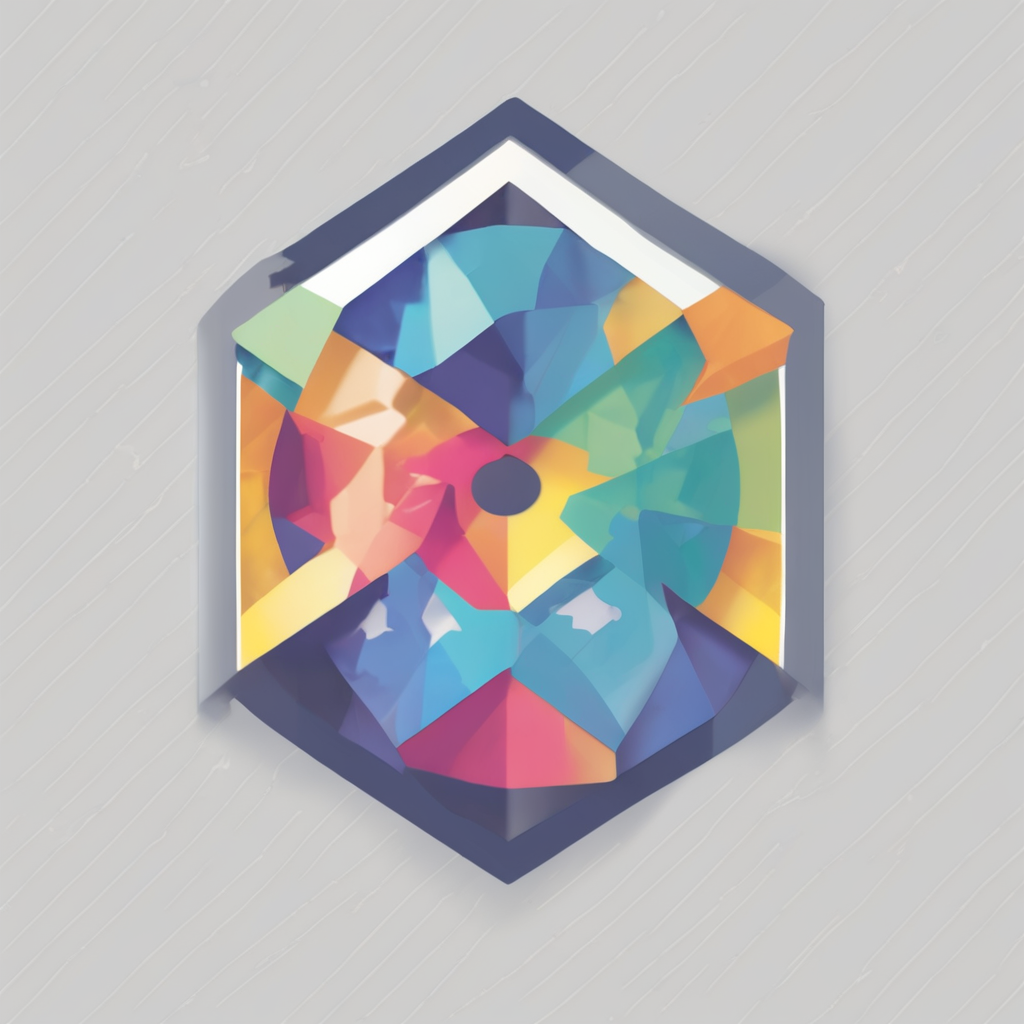Understanding the Importance of a Game Designer Portfolio
In the realm of game design, few tools are as pivotal as a portfolio. This significant asset showcases a designer’s array of talents, creativity, and craftsmanship, playing a critical role in the competitive game design industry. A well-crafted portfolio not only demonstrates technical skills but also serves as a powerful tool for personal branding.
A strong portfolio distinctly enhances job prospects. It acts as a living résumé, illustrating a game designer’s journey and evolution, and providing potential employers with tangible evidence of what the designer can achieve. This visual narrative must highlight key projects that reflect both proficiency and potential, offering a glimpse into the designer’s design philosophy.
This might interest you : Exploring exciting career opportunities in the gaming industry: what’s your path?
Moreover, personal branding deeply affects portfolio presentation. A designer’s unique style and professional identity are communicated through the chosen visuals and presentation layout. Every element in a portfolio—from the colour scheme to typography—should be consistent with the brand image the designer wishes to project. This coherence builds recognition and trust, crucial when standing out in a saturated market.
Ultimately, the effectiveness of a game designer’s portfolio lies in its ability to convey a cohesive story, aligning personal branding with an engaging showcase of skill and creativity.
Topic to read : Mastering team communication in online multiplayer games: tips and strategies
Selecting Your Best Work for the Portfolio
Selecting the right projects for your game design portfolio is crucial in making an impactful first impression. The choice of featured projects should align with your career goals and reflect a balance of technical skills and creative work. This balance is vital, as employers appreciate an ability to merge innovation with technical prowess.
First, establish criteria for work selection. Prioritize projects that showcase your skills showcase across diverse areas. This might include games with complex mechanics or visually stunning graphics. Such diversity not only illustrates your expertise but also your adaptability in various game design scenarios.
It’s also important to depict your ability to work both individually and collaboratively. Highlighting collaborative projects demonstrates that you can function effectively within a team, a critical aspect in most game development environments. In contrast, individual projects illuminate your personal strengths and unique style.
Consider how these projects narrate your evolution as a designer. Each entry should contribute to a cohesive story, providing insight into your development, creativity, and potential. By carefully selecting these works, your portfolio becomes a strategic tool that not only showcases your past achievements but also your future potential.
Effective Presentation Styles
An effective presentation can transform any portfolio into a compelling visual journey. Presentation strategies are paramount, ensuring that your work is easily accessible and engaging for viewers. Begin by focusing on the layout, where simplicity often speaks volumes. Clear and intuitive navigation enhances the viewer’s experience, drawing attention organically to each project.
The aesthetics of your visual design should align with the projects’ themes and your personal brand. Consistent use of colour schemes and typography creates a uniform look, essential in making a lasting impression. Embrace the artistry inherent in storytelling to enrich your portfolio’s narrative. Each project should be introduced with context, challenges faced, and your creative solutions.
To present engagingly, consider using dynamic elements like interactive slideshows or videos, which can bring static images to life. Bullet points can break down complex information into digestible parts but avoid overusing them to maintain variety.
In the realm of game design, a meticulously designed portfolio with thoughtful presentation can set you apart. It underscores your ability not only to create but to communicate complex ideas clearly and attractively. This balance of art and clarity can leave a potent imprint on potential employers.
Tools for Building Your Portfolio
When creating a game design portfolio, utilising the right portfolio tools can significantly enhance your presentation. Online platforms like Behance and ArtStation serve as great showcases for game designers. These platforms offer built-in audience engagement, allowing your work to gain visibility among peers and potential employers.
Website builders such as Wix and Squarespace provide more customisation options, ideal for those wanting to present their portfolio with a personal touch. They allow integration of multimedia elements which can be crucial for conveying complex game mechanics or visual storytelling aspects effectively.
However, a traditional PDF portfolio remains relevant, offering a succinct, easily distributed alternative, especially useful in formal settings. Remember, each medium has its strengths; assessing your audience and how they will interact with your work is vital before deciding on a format.
Incorporating essential multimedia tools like Adobe Creative Suite can also elevate the interactive experience. With these, designers can craft engaging presentations using animations or videos to illustrate dynamic elements better.
Ultimately, selecting the right tools aligns with the specifics of your projects and your unique style, ensuring your portfolio stands out in a competitive industry.
Showcasing Personal Branding
Crafting a distinct personal branding is essential in standing out within the competitive field of game design. Your unique style and professional identity should resonate throughout your portfolio, weaving a cohesive narrative that showcases who you are as a designer.
To build a compelling brand, begin by defining your unique style. This involves identifying the elements that make your work distinct and ensuring these characteristics are consistently reflected across projects. Elements such as colour schemes, thematic choices, and typography play a crucial role in establishing this consistent identity. Consistency in branding not only aids recognition but also builds credibility and trust with potential employers or collaborators.
Effective personal branding in game design is exemplified by designers who present a clear professional identity that aligns with their work ethos. This might include a specific focus on particular genres, artistic styles, or narrative approaches that embody the designer’s passion.
Remember to maintain coherence in every portfolio detail, from visual presentation to project descriptions. Strong personal branding in your portfolio not only communicates your skills and creativity but also reveals your values and professional ambitions, which is integral in making a lasting impact in the industry.
Learning from Successful Portfolios
Examining successful portfolios in the game design industry can provide invaluable insights. These portfolios exemplify strategies and styles that can be emulated and adapted. The effectiveness of these models often lies in their combination of innovation and industry insights. But what makes a portfolio stand out?
A deep dive into portfolio examples reveals common characteristics like a coherent design and engaging narrative. Several game designers use case studies to illustrate real-world successes, transforming their work into captivating stories that detail challenges and breakthroughs.
Key takeaways include prioritising clarity and showcasing varied skillsets. A successful portfolio typically integrates technical prowess with creative artistry, appealing to a wide range of industry needs. Using dynamic elements like interactive slides can also enhance viewer engagement.
Recognising trends in portfolio presentations, such as minimalist design and integrated multimedia, can set the stage for effective presentation strategies. Current trends also lean towards user-friendly platforms that allow potential employers to explore portfolios intuitively.
By studying how leading designers leverage these strategies, aspiring professionals can tailor their portfolio to mirror industry standards while maintaining personal flair. This blend of best practices and unique style positions game designers to better capture attention in a competitive landscape.
Common Pitfalls to Avoid
Navigating the complexities of building a strong portfolio requires awareness of prevalent mistakes that designers often make. A significant pitfall is the inclusion of too many projects without distinct value. This distracts from your core competencies, diluting your portfolio’s impact. Instead, strive for a curated selection that highlights your best work.
Overlooking the importance of clarity and accessibility can also hinder your portfolio’s effectiveness. Visitors should easily understand and navigate your projects. A cluttered layout or complex navigation can be off-putting, leading to lost opportunities. Ensure the design is intuitive, allowing potential employers to swiftly spot your talents.
Another error is failing to maintain professionalism and adaptability in your presentation. Inconsistencies in tone, style, or detail level can damage your professional image. Always craft each project description clearly and professionally, adhering to a consistent style aligned with your professional identity.
Neglecting regular updates is a mistake as well. The gaming industry evolves rapidly, and so should your portfolio. Regularly refreshing content ensures you remain relevant, reflecting ongoing growth and adaptation to industry trends. Avoiding these pitfalls will solidify your portfolio as a true reflection of your abilities and potential in the competitive world of game design.
Keeping Your Portfolio Updated
Maintaining an up-to-date portfolio is essential in ensuring your work remains relevant within the constantly evolving game design landscape. Regular updates present a dynamic reflection of your continuous growth and adaptability, both crucial traits in a competitive market.
Start by developing a routine for portfolio updates. Set aside time to evaluate recent projects, assessing which elements effectively demonstrate your current skills and creativity. This habit of periodic review allows for immediate reflection on completed work and helps you to integrate learnings from each project into your portfolio. It’s a proactive way to illustrate your eagerness for continuous improvement.
Reviewing portfolio updates isn’t just about adding new projects. It’s equally important to refine existing entries by incorporating constructive feedback. This feedback can come from peers, mentors, or industry professionals and provides an external perspective on your work. By acting on this input, you enhance your ability to tailor your portfolio to align with industry expectations.
Moreover, staying informed of industry changes is vital. Trends in technology, design techniques, or game mechanics should influence your portfolio’s evolution. Staying adaptive and embracing change not only keeps your work current but positions you as a forward-thinking designer ready to meet future challenges.











